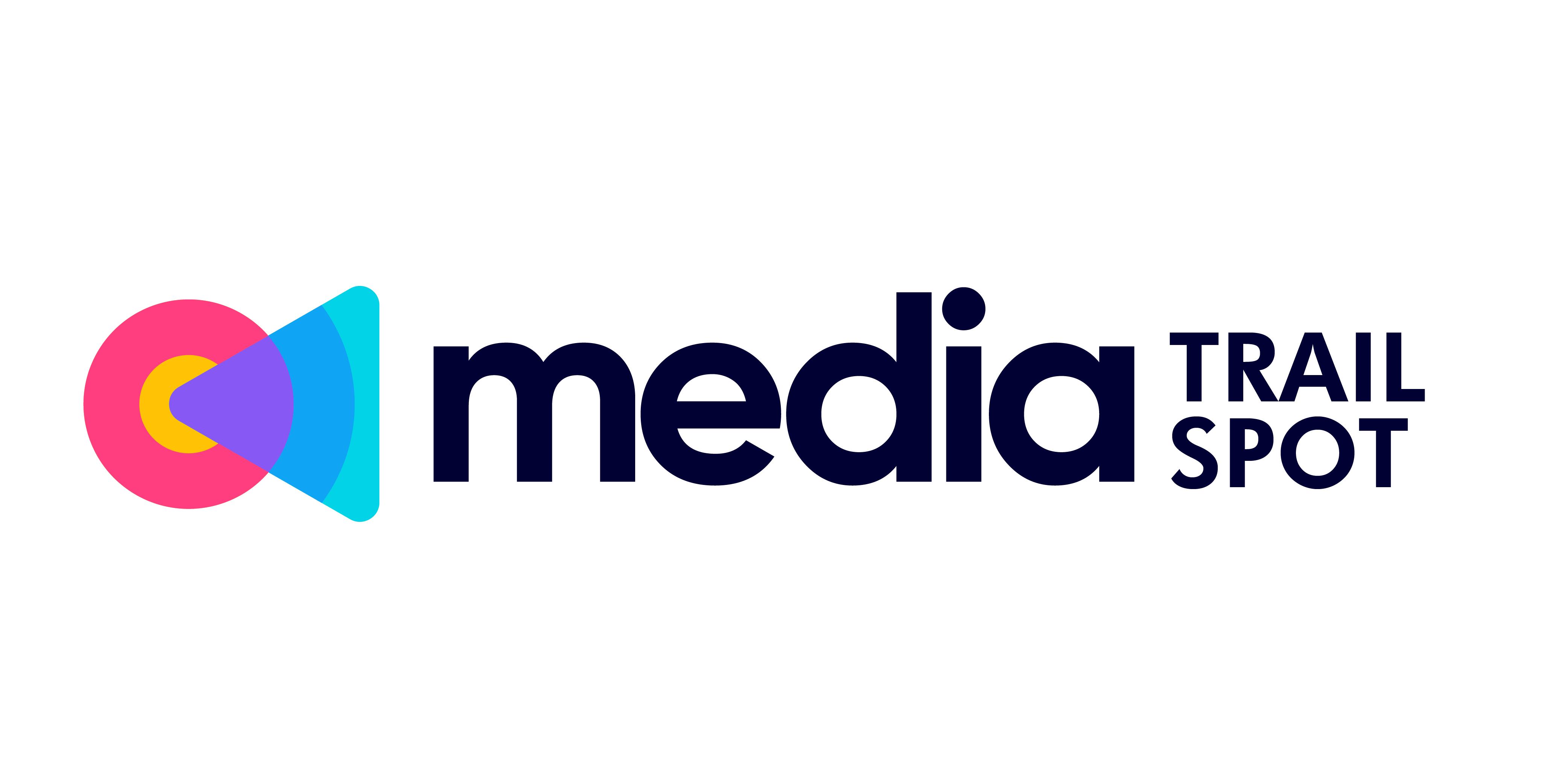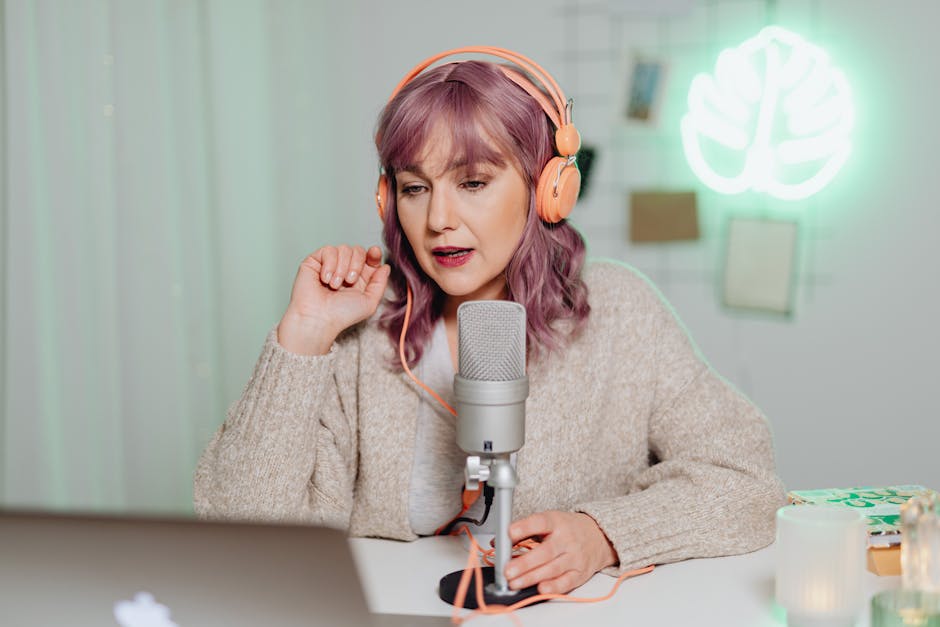Introduction: A Changing Media Landscape
The way people consume media today looks nothing like it did a decade ago. Digital platforms—YouTube, TikTok, Instagram, even podcasts—now shape what we see, when we see it, and who we trust. They offer speed, customization, and direct connection. That’s a break from how traditional media once operated: slow rollout, one-size-fits-all content, and established gatekeepers.
Print, cable, and broadcast aren’t dead, but they’re losing ground fast. Newspapers fold. TV ratings slide. Linear programming fights for scraps against a flood of algorithm-driven content. The shift isn’t just tech-based—it’s cultural. People expect control. They swipe, skip, press play on demand. It’s not just about replacing screens, but about replacing attention spans and expectations.
This matters across the board. Consumers get more choices and personalization. Creators get faster entry to mass audiences. And companies? They’re either adapting or falling behind. The winner now isn’t the one with the biggest ad buy—it’s the one who knows how to speak the platform’s language and stay relevant at the speed of the feed.
How Audiences Have Moved
The old rules are breaking down fast. Bingeing a full season in one night, watching news on TikTok, catching a podcast before bed—that’s the new normal. Streaming and social media have baked instant access and tailored experiences into our daily routines. People don’t want to wait for content anymore—and they don’t have to.
This shift is especially stark among younger audiences. Millennials were the transition generation. Gen Z and Gen Alpha aren’t even looking backward. Cable? Rare. Scheduled newscasts? Skipped. Their attention lives where content adapts to their pace—on-demand, algorithm-curated, and always available.
The trade-off? Traditional media’s structured storytelling and shared cultural moments are being replaced by hyper-personal content feeds. It’s less about network schedules, more about your feed’s rhythm. For creators and companies, this means one thing: evolve or vanish.
Traditional Media’s Strategic Pivots
Legacy institutions aren’t letting digital platforms eat their lunch without a fight. The print and broadcast giants are going digital-first—some by choice, others out of necessity. Major newspapers have launched slick mobile apps with paywalls, hoping subscriptions make up for falling ad revenue. Weekly magazines are becoming daily digital briefings. Cable players now offer streaming bundles, on-demand apps, even podcast feeds. The rules have changed, and survival means showing up where the audience already is.
TV networks are learning to speak the language of YouTube and TikTok. It’s not enough to trim a 60-minute show into highlight clips. Some are producing native short-form series designed to hook scrollers. Others are reshaping story arcs and visual styles to work on tiny screens. It’s a weird mix of old-school polish and platform-native grit—and it’s working in bits.
Print brands are becoming something else entirely. Many now operate more like content studios than traditional publications. Articles get adapted into videos. Editors double as podcast hosts. The homepage is less important than the Instagram grid. For these legacy names, rebranding isn’t just a facelift—it’s a shift in mission: stay relevant, or fade fast.
The Power of Personalization
Forget one-size-fits-all broadcasting. In 2024, visibility hinges on the algorithm’s favor—and that favor is earned, not bought. Platforms like YouTube and Instagram track everything from watch time to scroll speed, using those signals to push content that hits the right engagement thresholds. What gets noticed now isn’t just good—it’s good, fast, and sticky. That’s changing how creators and even media outlets tell stories.
This shift to data-informed storytelling means platforms know their audiences in ways print never could. They see what hooks a viewer in the first five seconds. They can predict which keywords get skipped and which visuals hold attention. The result? Creators tailor their content not just to people, but to patterns: optimal lengths, ideal upload timing, and thumb-stopping intros.
Even the editorial calendar has changed. The question used to be, “What story do we want to tell this month?” Now, it’s, “What will the algorithm surface this week—and how do we fit our story into that moment?” This doesn’t mean selling out your voice. It means learning how to shape your voice so it cuts through the algorithmic grind. Less about shouting louder, more about speaking smarter.
Monetization Models in Contrast
Monetization in media is no longer a one-size-fits-all game. The old guard leaned hard on ad dollars—TV, print, and radio all kept the lights on with traditional advertisers. But today, it’s a mix of models, and creators are at the center of it.
Subscription-based content is gaining ground, fast. People are picking and paying for what they actually care about—whether it’s a premium podcast feed, a members-only video series, or deep-dive newsletters. This shift favors content with clarity, consistency, and value. If it’s fluff, it flops.
At the same time, ad-supported content isn’t dead—it’s just different. Instead of full-page ads or 30-second TV spots, it’s now product shoutouts, affiliate links, and baked-in sponsorships. Platforms like YouTube and Instagram still serve up significant ad revenue, but the kickbacks often go further when creators negotiate brand deals directly.
And here’s where it really flips: brands used to drop millions on primetime TV. Now that money flows to influencers with niche clout and real engagement. Micro-creators with loyal followings often offer better ROI than big broadcasters ever could.
Add in independent newsletters and Patreon-powered media, and it’s clear: the most successful content today doesn’t just tell a story—it has a business model behind it. The winners in 2024 aren’t just good storytellers. They’re smart entrepreneurs, too.
Journalism and Credibility in the Digital Era
The internet is flooded with content—and not all of it is true. From deepfakes to clickbait, misinformation is one of the biggest headaches for both viewers and creators. Algorithms can’t easily tell fact from fiction, so they often amplify whatever’s catchy, controversial, or emotionally charged. That’s a dangerous feedback loop.
This is where traditional media is trying to claw back relevance. Credibility has become a calling card again. Many legacy outlets are refocusing on investigative work, transparent sourcing, and fact-checking—not just for their own stories, but also as watchdogs on social platforms. They’re chasing accuracy in a race that, frankly, rewards speed more than truth.
At the same time, some non-traditional voices are stepping up with surprising authority. Independent journalists, long-form YouTubers, and niche Substack writers are building trust the old-school way: consistency, real talk, and showing their work. When done right, that breeds loyal followings and genuine influence—without the suits or big studio backing.
The takeaway? In a world where anyone can publish anything, it’s not just about who posts—it’s about who earns trust.
(Explore more trends in Media Industry Developments – Monthly Recap)
Conclusion: What the Future Might Hold
The media landscape isn’t simplifying—it’s splintering. Audiences are everywhere, all at once. One person gets their news from a Twitter thread, another from a Substack newsletter, and someone else from a two-minute TikTok. Attention is fragmented across formats, devices, and platforms—and it’s not going to consolidate anytime soon.
At the same time, the line between journalist and content creator is fading. Creators break stories. Journalists produce YouTube explainers. Audiences care less about the title and more about the voice, speed, and trust factor. This means the gatekeepers have shifted. Credibility now lives as much in tone and regularity as in credentials.
So what’s the move? Adaptability. Whether you’re a newsroom veteran or a solo vlogger, the winners are those who don’t cling to old models. They experiment. They diversify their channels. They pay attention to what the platform demands—and pivot fast when it changes. Because it will.
The future doesn’t belong to any one medium. It belongs to the ones who stay nimble, regardless of platform.


 Susane Privetterry is a tech author at mediatrailspot known for her insightful writing on AI, digital tools, and modern technology trends. She simplifies complex topics, making them accessible and engaging for readers of all levels.
Susane Privetterry is a tech author at mediatrailspot known for her insightful writing on AI, digital tools, and modern technology trends. She simplifies complex topics, making them accessible and engaging for readers of all levels.

